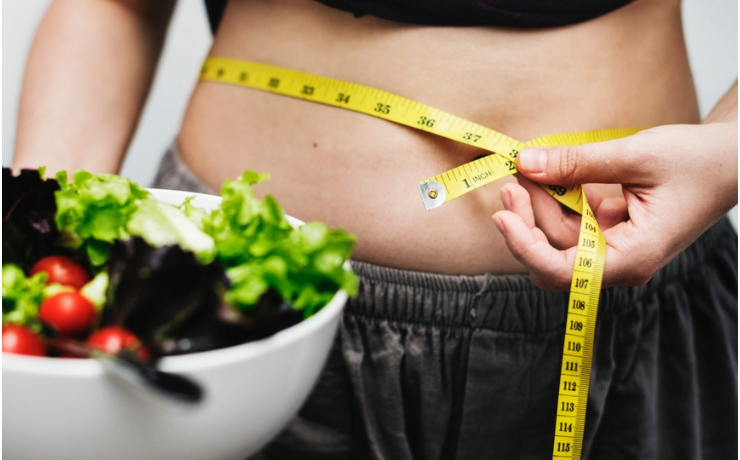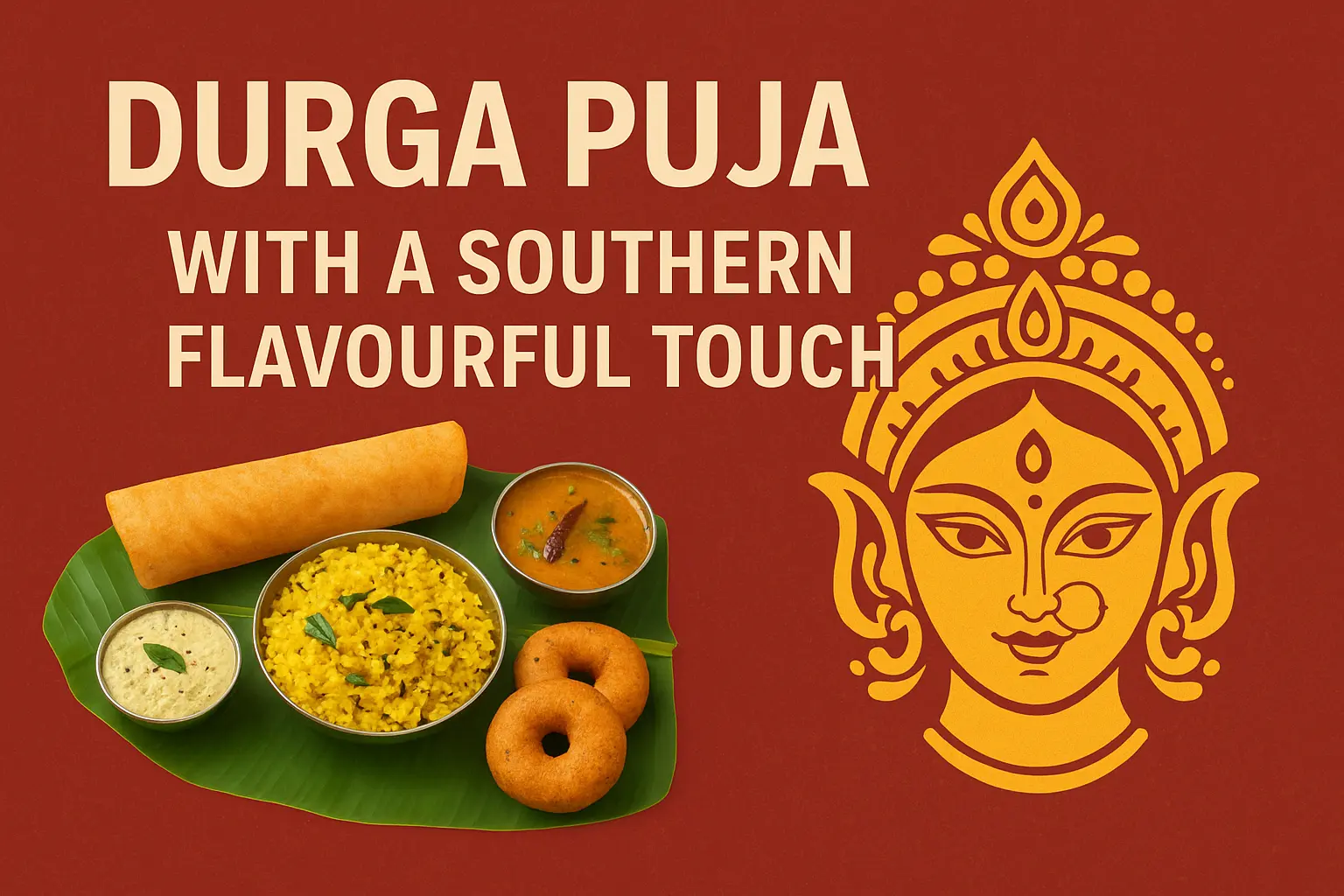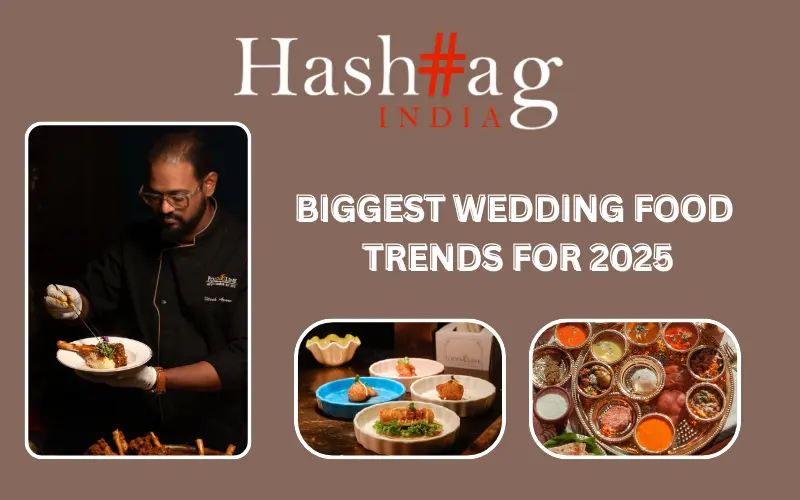Mehak Walia in Conversation with Dr Harshad Ramineni, a well-known doctor and fitness genius, Nabiya Shahid, a dietitian, health and fitness expert and, Akansha Khanna, a counselling psychologist, NLP Practitioner, and life coach.
May 6th is celebrated around the globe as No Diet Day, a day meant to raise awareness about the harmful effects of diets and toxic diet culture. With the rise of social media and the pressure to achieve the “perfect” body, toxic diet culture has become a pervasive and damaging force in our society. It refers to the prevalent cultural belief that achieving and maintaining a thin body frame and certain food choices are superior to other body types and food choices. It also often promotes unhealthy and unsustainable dieting practices, encourages disordered eating habits, and can lead to a host of negative physical and mental health-related outcomes.

This toxicity also promotes the idea that weight loss is the solution to all health problems and that those who are overweight or obese are lazy and lack self-control. This is also characterized by an obsession with food, weight, and body shape, and it often leads to harmful behaviors such as restriction, bingeing, and purging. Toxic diet culture is perpetuated by the media, the diet industry, and even healthcare professionals. It just ends up creating a narrow definition of beauty that is unattainable for most people and can lead to feelings of shame and self-hatred. It also promotes the idea that self-worth is tied to appearance, leading to low self-esteem and poor body image.

Even most health professionals agree about the bad effects of toxic diet culture. We spoke to two such professionals to take their viewpoint on the same along with the steps that must be taken to rectify this trend.

Dr Harshad Ramineni is a doctor with extensive experience in the field of health and wellness. In addition to managing health OPDs, his primary focus is on creating evidence-based nutrition and fitness programs that are personalized to meet the unique needs and goals of his clients. He strongly believes that “The world’s obsession with toxic diet culture is extremely concerning. It promotes unhealthy and unsustainable eating habits, promotes unrealistic body standards, and can lead to a host of physical and mental health issues. Diet culture is also often linked to harmful weight stigma and discrimination, which can have a profound impact on people’s mental health and well-being.”

When it comes to combating this toxic diet culture, he believes that “we need to shift our focus from weight and appearance to overall health and well-being. This means promoting healthy eating habits that are sustainable and enjoyable, rather than restrictive and punishing. It also means encouraging regular exercise and movement, as well as promoting body positivity and self-acceptance. Finally, we need to work together to challenge harmful weight stigma and discrimination, and promote a more inclusive and accepting culture.”

Meanwhile, Nabiya Shahid, a dietitian, health and fitness expert and, a member of the Indian Dietetic Association, who has been practicing in the health care industry for over seven years with an experience of over 1000 + clients believes that “The beauty standards for men and women have increased manifold times and there is a huge pressure on youngsters to look a certain way to be accepted in the society today. Copying Bollywood celebrities or social media influencers has led Boys and Girls to believe they need to look a particular way and fit into certain outfits to have a sense of belonging. I strongly feel health and fitness are way beyond looking a certain way and fitting into certain outfits. Health comes from within and we need to look beyond just staying size zero and using fad diets to achieve those unrealistic looks.”

She further added, “There are a couple of things we can do to create awareness and prevent the culture of Toxic Dieting to rise including focusing on good health and not just being a certain weight, educating the youngsters on shifting their mindset from looking a certain way to embracing holistic health and fitness, educating them to not blindly follow celebs and influencers and their meal plans, and teaching them to embrace body positivity and love themselves for who they are with all their flaws. Seek proper guidance from a qualified Nutritionist to lose weight or improve your eating habits, this isn’t supposed to be a fad game.”

But, the awful effects of toxic diet culture aren’t just physical, it can lead to an extremely distorted body image. The constant comparison to an unattainable standard can lead to feelings of inadequacy and a distorted perception of one’s own body. This can lead to poor self-esteem and mental health issues. To understand this better, we spoke to a mental health expert.

Akansha Khanna, a counselling psychologist, NLP Practitioner, and life coach who is the founder of Thrive Limitless and is currently working with Hans Foundation for their school project called the Hans Wellness Clinic, believes that “Due to the increased exposure to so many different areas of life coming mostly from social media and the entertainment industry, a benchmark/standard has been set for matching beauty standards and ideal bodies. I see both, young boys and girls, dealing with a sense of dissatisfaction with their bodies due to the comparison. Alas, what they don’t realize is how this online world is just an illusionary portrayal of life. This is why the diet culture at large, is toxic because for everyone diet looks so different.”

She further added, “We have people labelling foods good or bad, avoiding some food, trying to suppress appetite with caffeine, eating only at certain times of the day, and chasing toxic diet trends because they will only look and feel worthy upon losing weight. It also makes people feel guilty or shame upon eating specific kinds of food to the point where they sometimes even avoid social situations with the fear that they might eat a lot and people would judge them. This constant preoccupation with weight can lead to negative self-talk, envying others, internalization of fat-phobia, a bad relationship with food and even eating disorders, depression, anxiety, poor body image, low self-esteem and confidence, addiction to over exercising and much more.”

Isn’t it about time that we hit toxic diet culture where it hurts and work on unlearning the aspects of standardized diets & beauty set by the world? Instead, we should focus on embracing our beautiful bodies. To live a happier and healthier life, we must learn to focus on sustainable lifestyle changes that work best for us & our bodies. After all, once we embrace our uniqueness that is when we can truly shine.

























